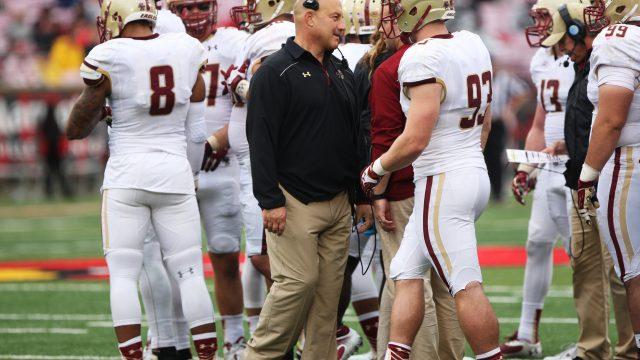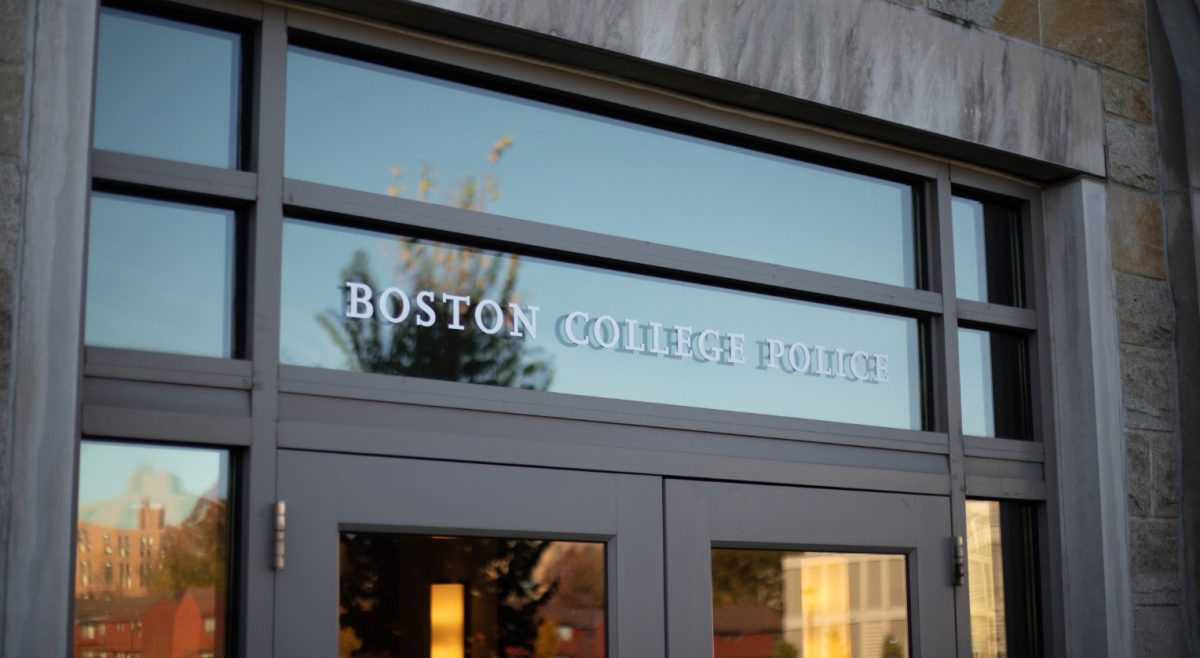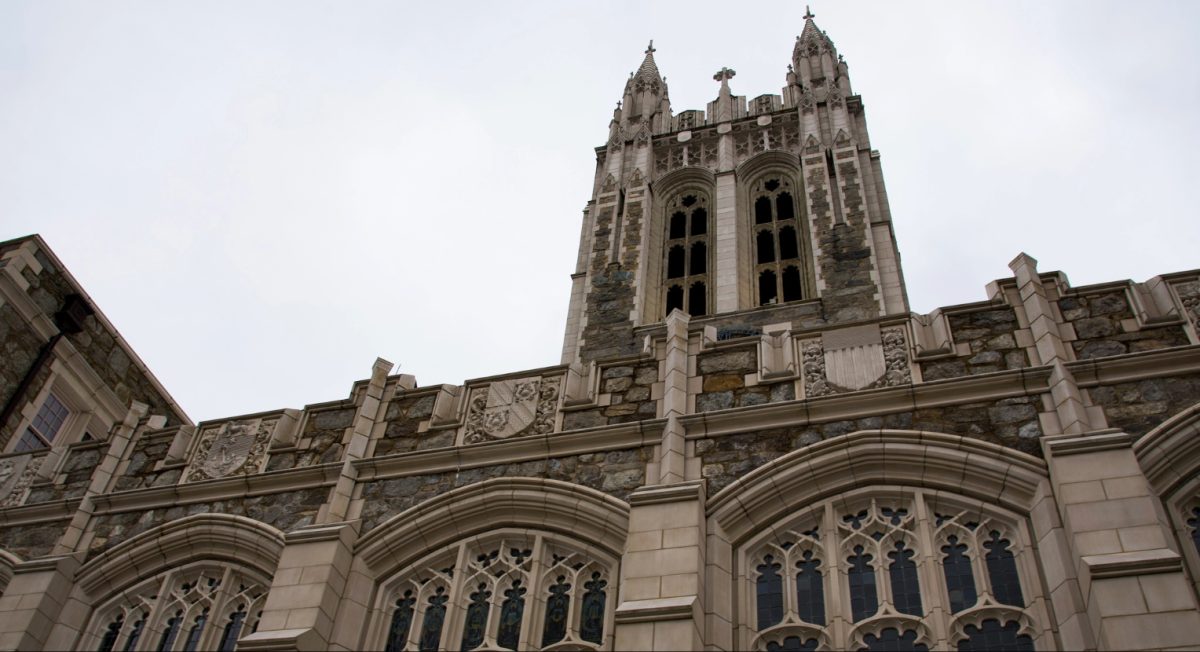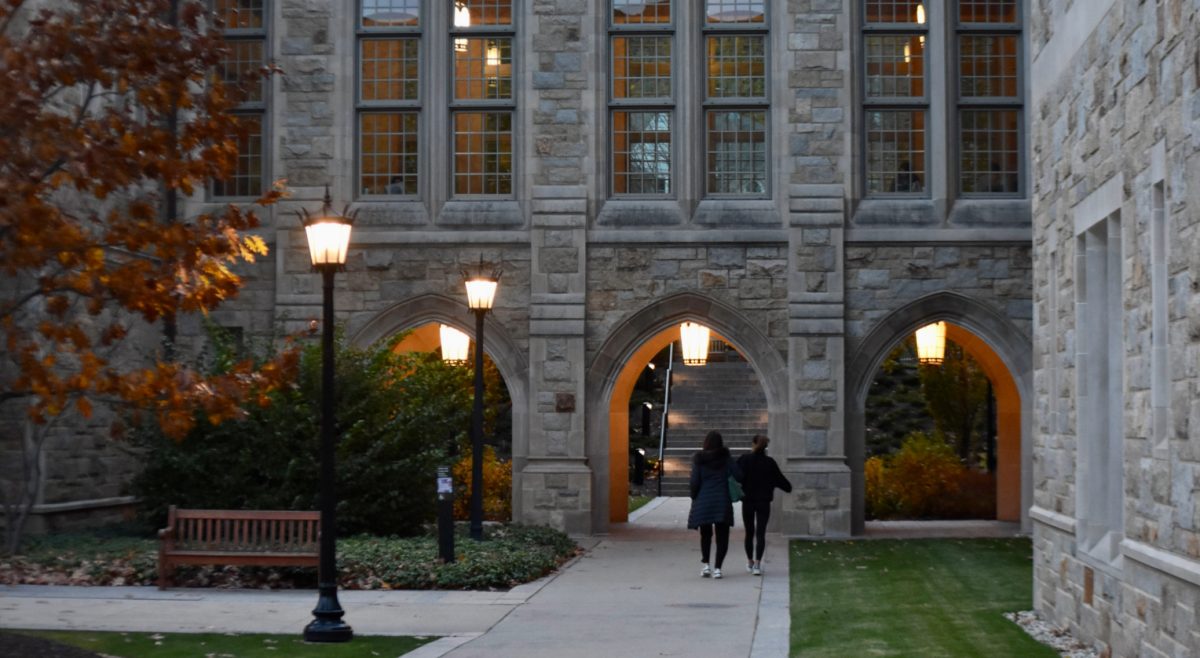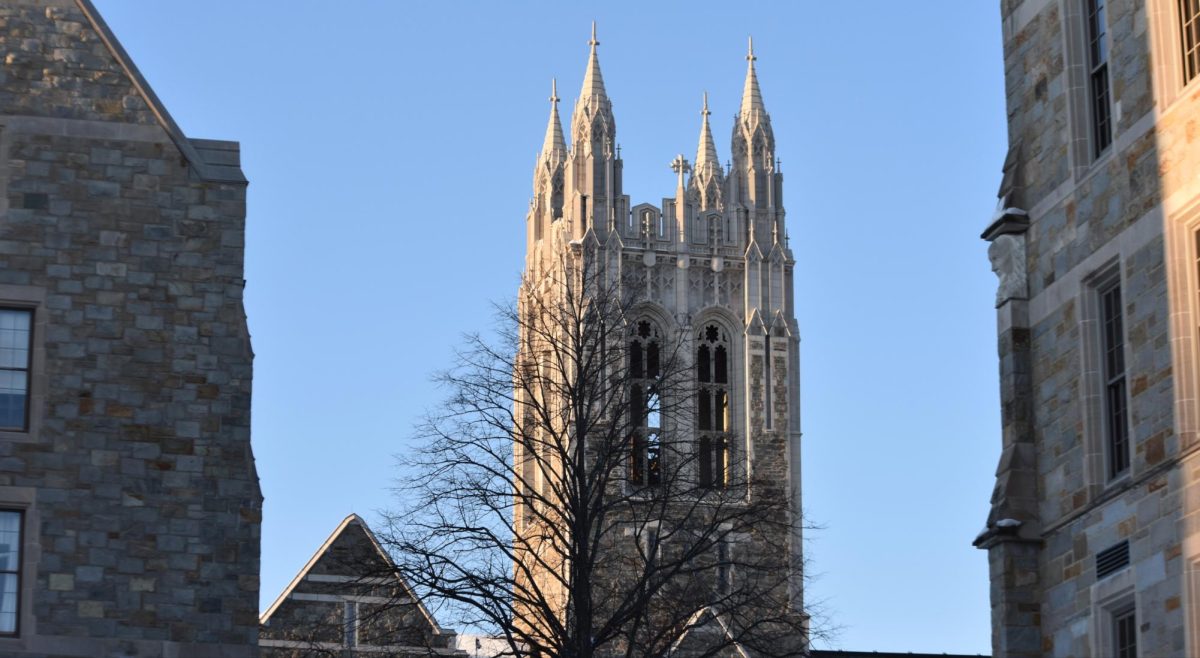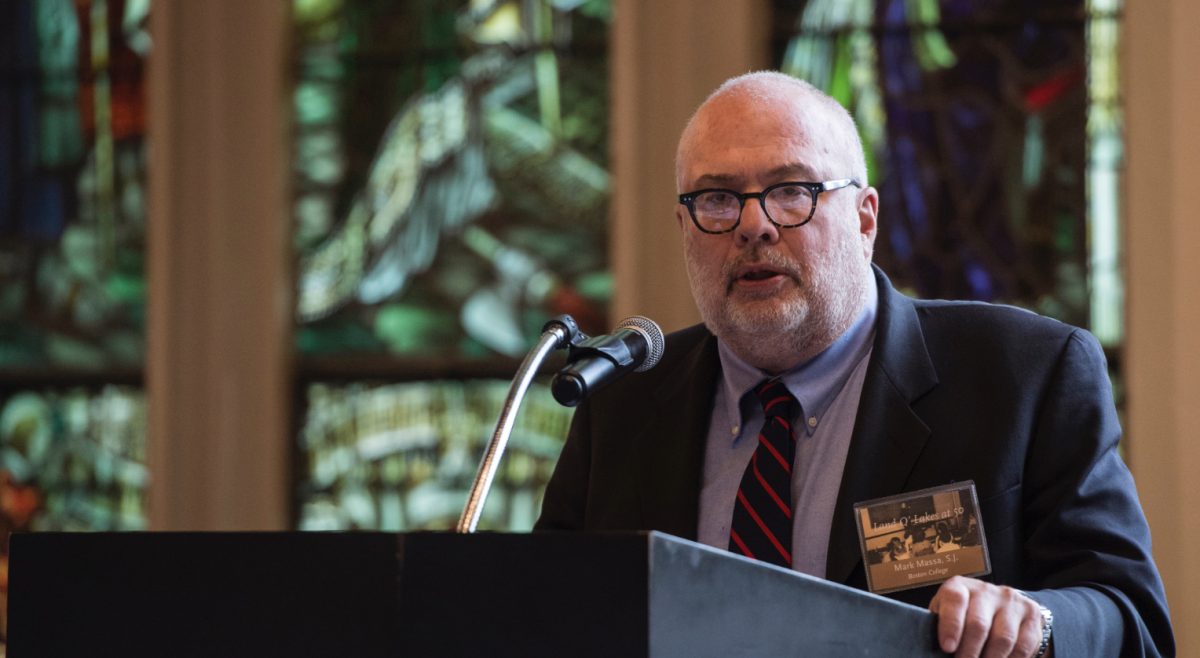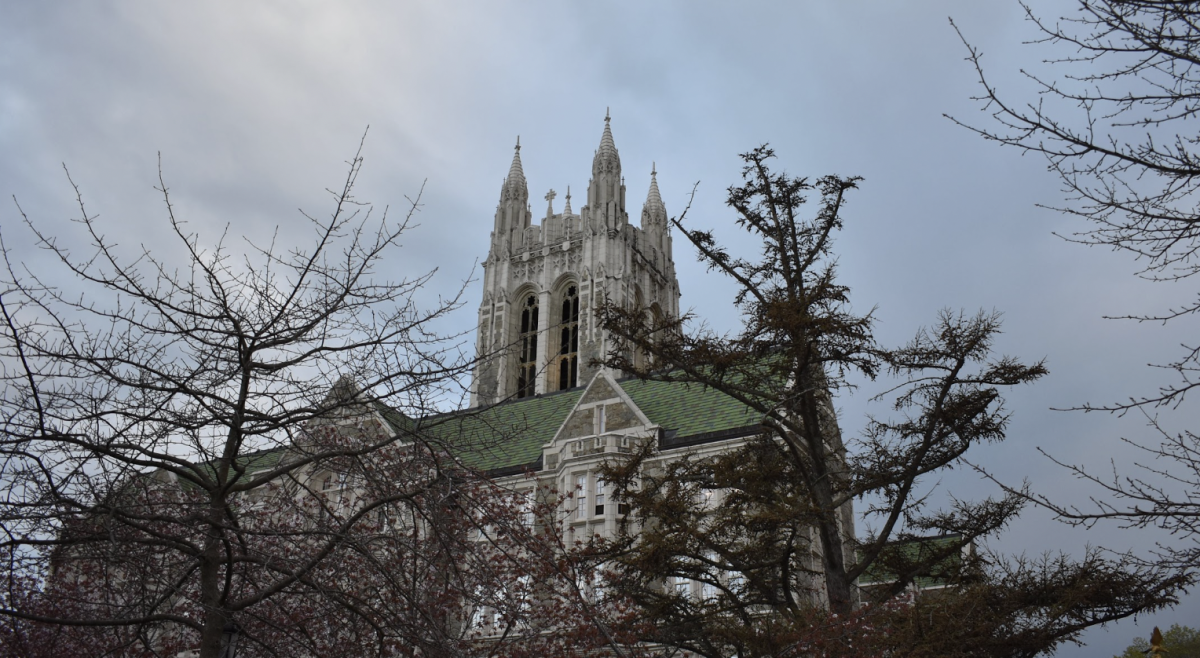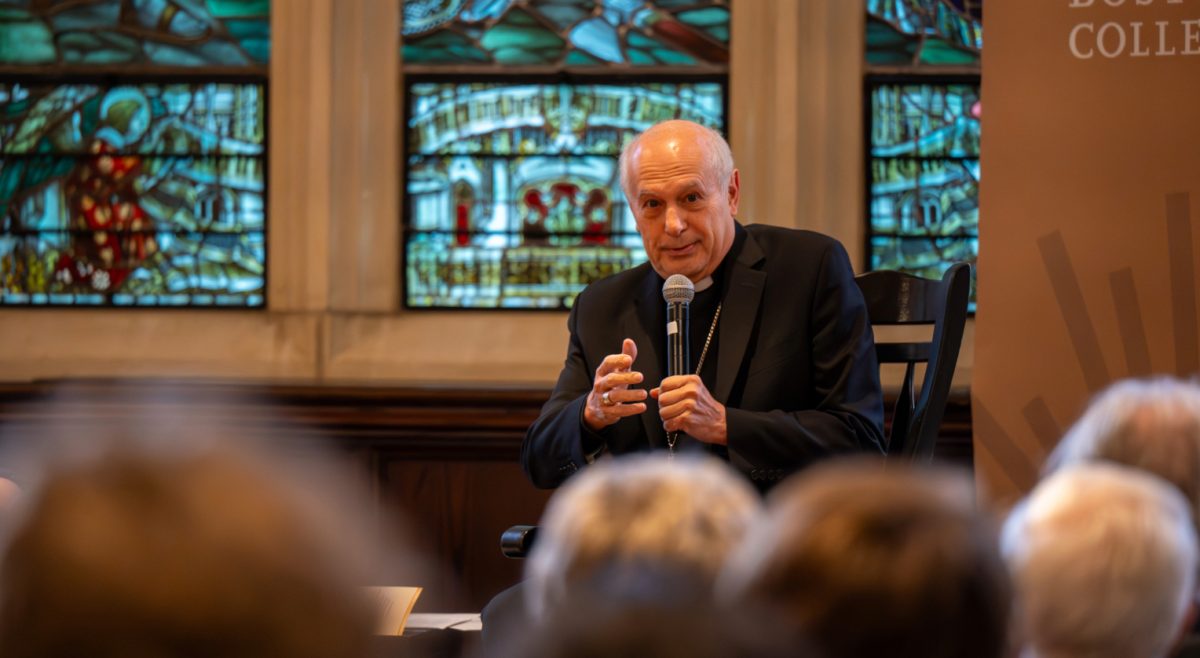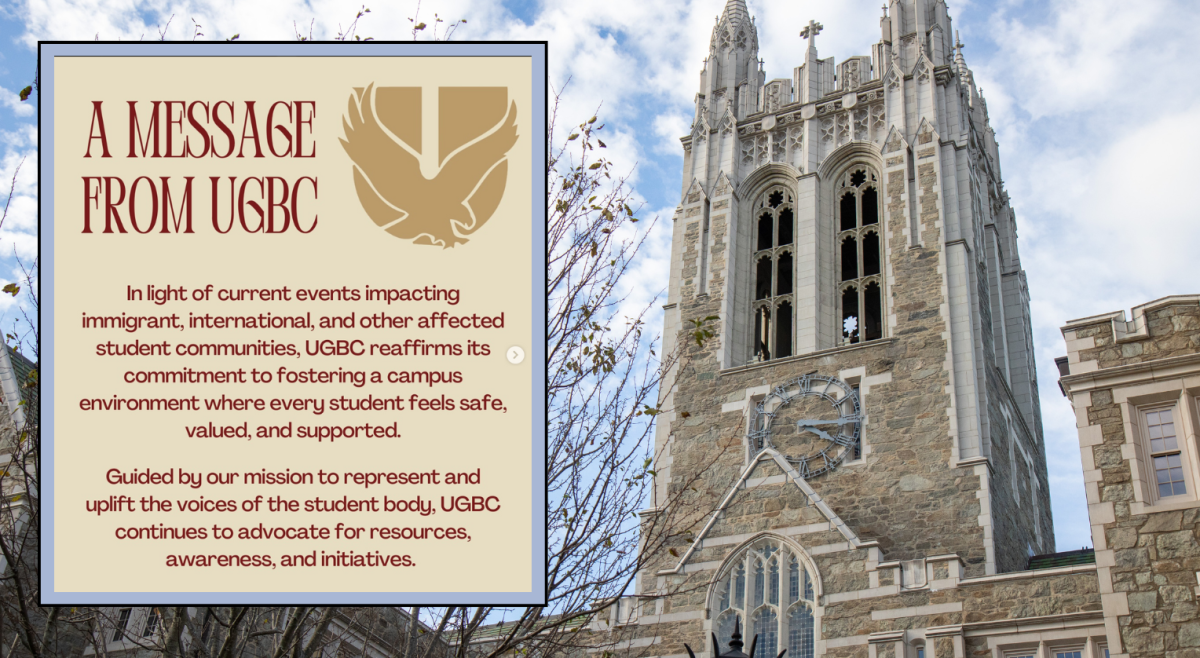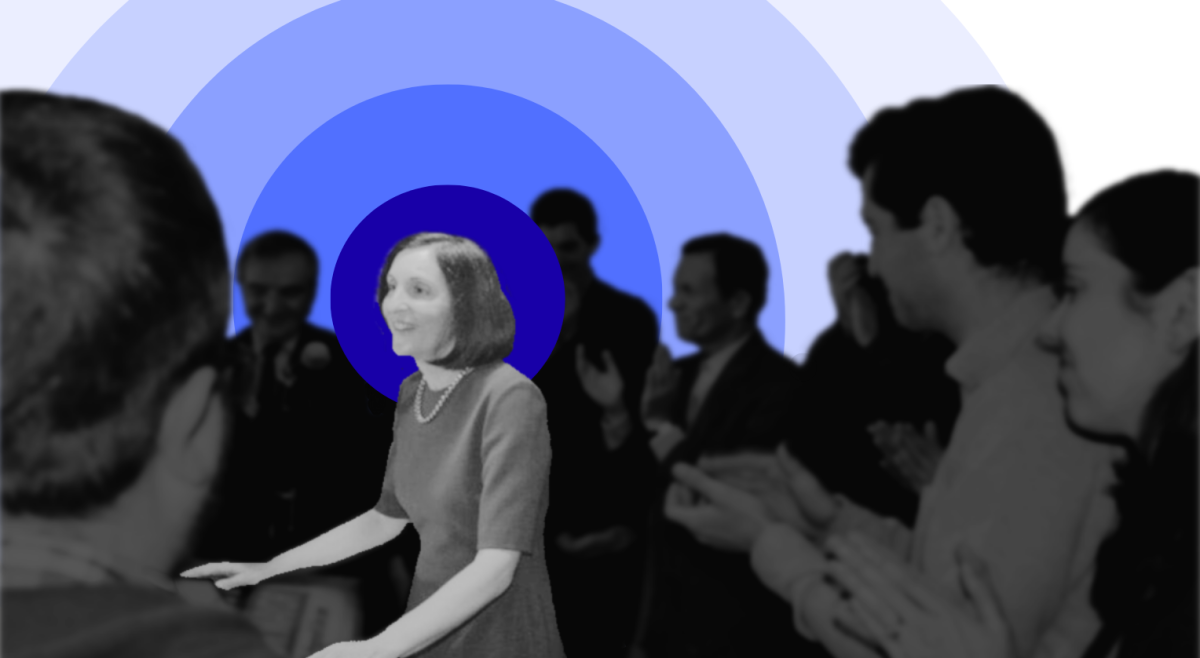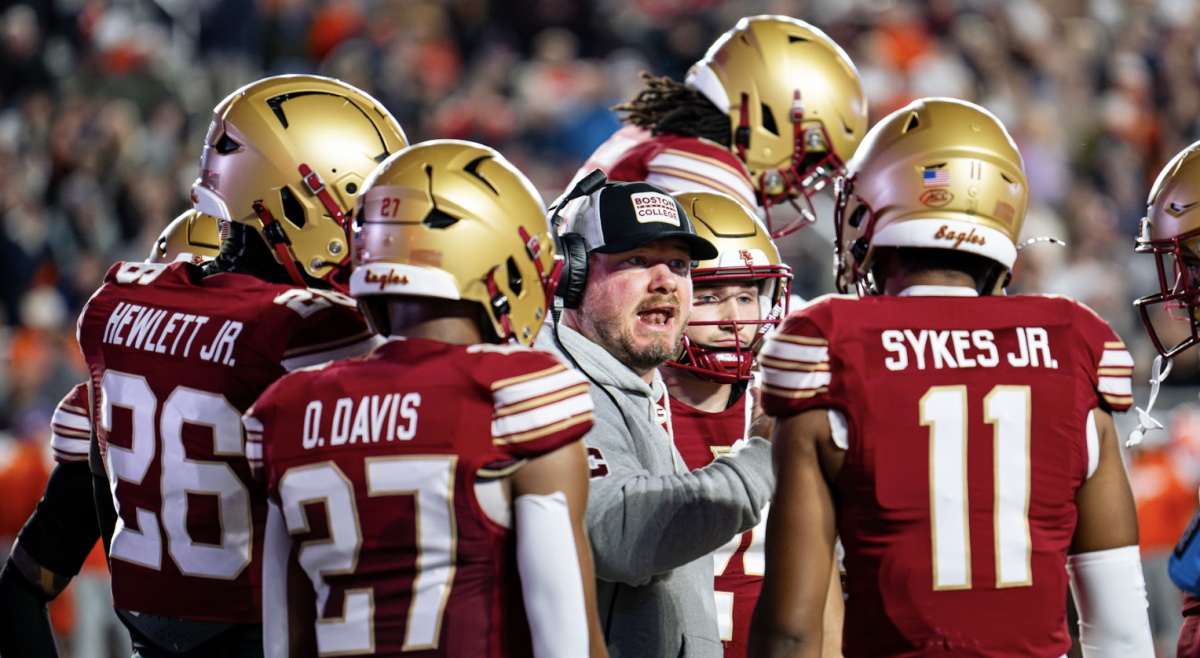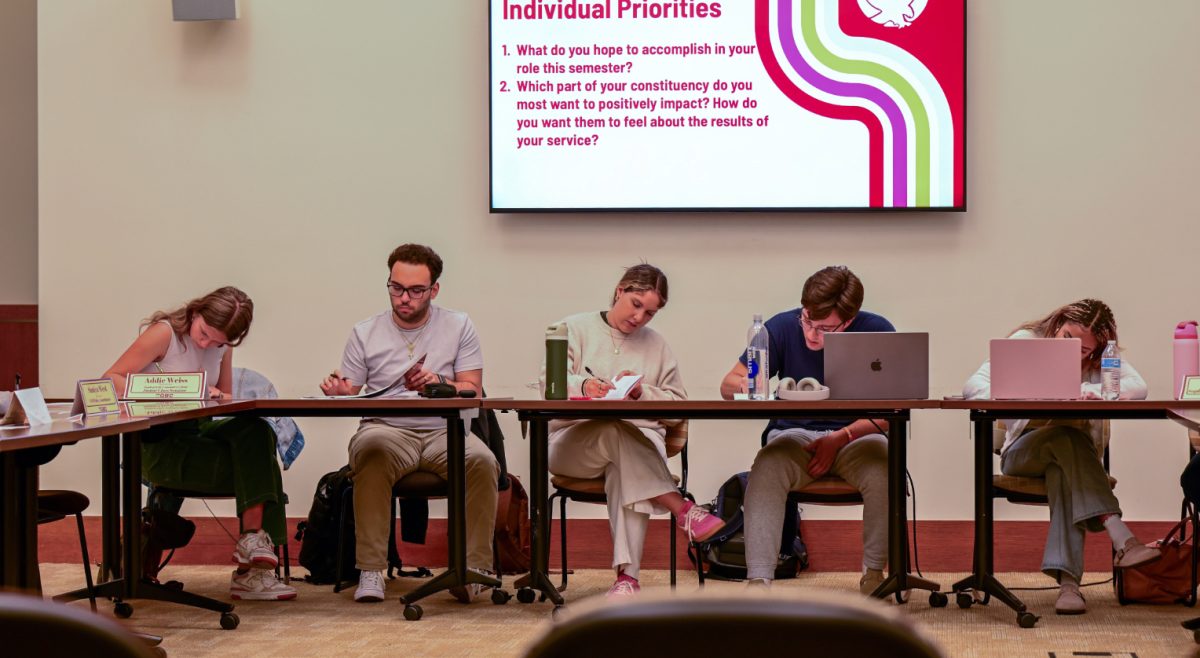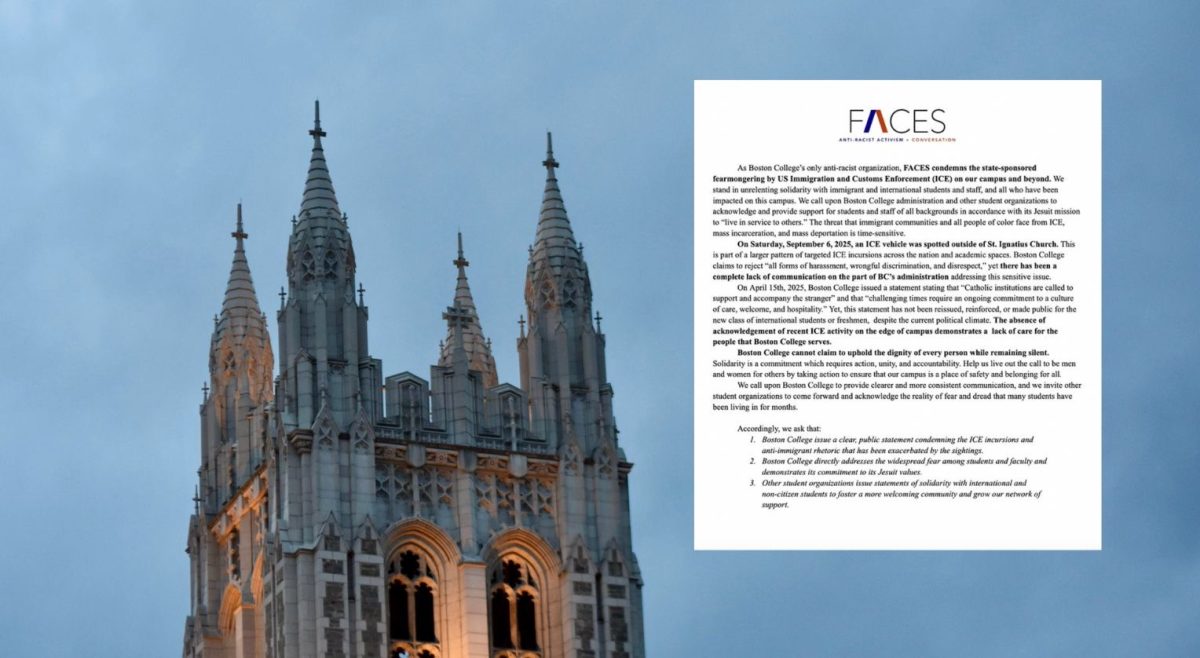Football head coach Steve Addazio and men’s basketball head coach Jim Christian were Boston College’s highest-paid employees in the fiscal year that ended May 31, 2016, according to tax documents released this week. Addazio received $2,488,949 in total compensation, and Christian received $1,463,235. Both have contracts that run through 2020.
This year’s 990 form also listed compensation for John Zona, BC’s chief investment officer, who manages the endowment. Zona received $1,131,195 in total compensation, after receiving $535,708 in fiscal 2015. BC’s endowment decreased $150 million in fiscal 2016, with investment losses of $97 million, according to BC’s annual report for 2016. That made for a portfolio return of negative 4.3 percent.
Every year, BC must disclose the salaries of its five highest-compensated employees. Zona is the University’s highest-paid administrator, followed by Dean of CSOM Andy Boynton, who received $724,890, and Provost and Dean of Faculties David Quigley, who received $556,855. Boynton has not been included in the 990 since fiscal year 2011, when he made $484,934. He has served as dean since 2004. Executive Vice President Michael Lochhead made $445,496 in his first full fiscal year on the job.
Men’s hockey head coach Jerry York did not appear on the 2016 tax forms after earning $1,249,617 in 2015. His absence from the top five is likely the result of a signing bonus and deferred payments, considering that the winningest coach in NCAA hockey made about half as much ($626,953) in 2014. According to last year’s IRS 990, York made $491,259 in base compensation—his salary this year is likely in the same range.
In his penultimate year at BC, Director of Athletics Brad Bates was paid $639,748, down slightly from his 2015 earnings. Former AD Gene DeFilippo collected $1,270,725 in compensation after a brief hiatus from BC’s payroll.
The 990 also showed an increase in permanently restricted assets from about $911 million to $971 million, which the Office of the Financial Vice President said in an email is primarily the result of donor contributions to the University.
Fiscal 2016 was a down year for university endowments across the country, including Harvard University, which saw a negative 2 percent return, according to The Harvard Crimson, and Columbia University, which posted a negative .9 percent loss, according to Bloomberg. Nationally, university endowments lost about 2 percent in fiscal 2016.
Harvard’s endowment woes have impacted its salaries for faculty—the Crimson reported that Harvard’s Faculty of Arts and Sciences (FAS) will receive a 1.5 percent pay bump, lower than usual and below the inflation rate—but the situation is different at BC, according to Vice Provost for Faculties Billy Soo.
When BC plans its budget, it assumes a 5 percent draw on the endowment, Soo said in an email, so the $150 million endowment decrease translates to a decrease of just $7.5 million in what the endowment can contribute to the budget. At Harvard, more than half of the operating budget for the FAS comes from the endowment.
To offset endowment losses, BC has to generate more revenue elsewhere, like increased tuition or fundraising, or reduce expenses, like cutting back on some programs or not replacing faculty and staff who leave. Because BC relies less on its endowment, programs have not been cut significantly when it decreases, Soo said.
In 2009, BC froze salaries to avoid layoffs during the financial crisis. Over the last several years, Soo said growth in faculty salaries has been stable at around 2 or 3 percent.
“We have been fortunate not to over-rely on the endowment to support our budget so that when it drops, we have not had to cut back significantly on programs,” Soo said in an email.

